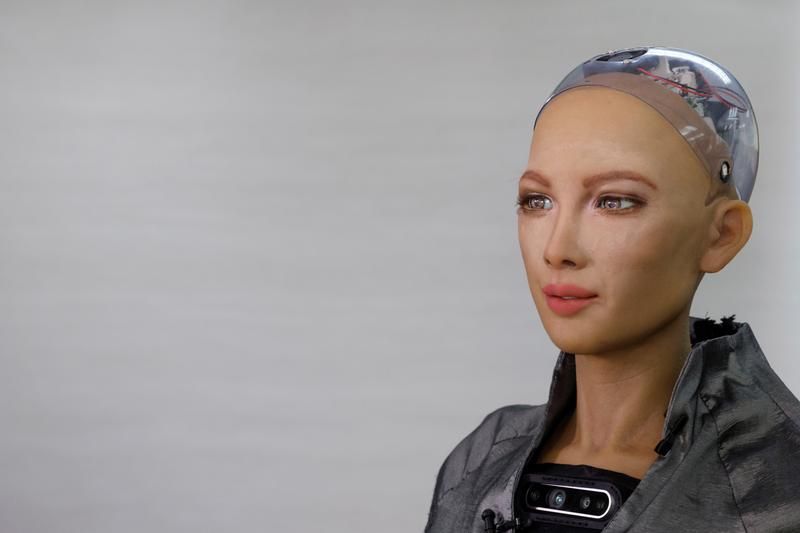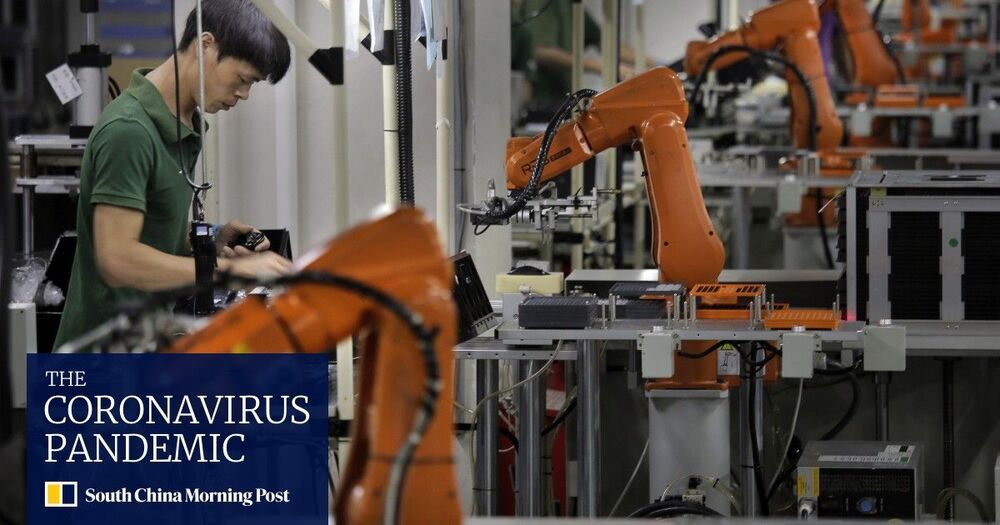The H.266/VVC codec will deliver the same visual quality from SD right up to 8K, but with only 50 percent of the data requirements, making it an instant hit with video streaming services.


Very interesting.
Albert Einstein’s theory of general relativity profoundly changed our thinking about fundamental concepts in physics, such as space and time. But it also left us with some deep mysteries. One was black holes, which were only unequivocally detected over the past few years. Another was “wormholes” – bridges connecting different points in spacetime, in theory providing shortcuts for space travellers.
Wormholes are still in the realm of the imagination. But some scientists think we will soon be able to find them, too. Over the past few months, several new studies have suggested intriguing ways forward.
Black holes and wormholes are special types of solutions to Einstein’s equations, arising when the structure of spacetime is strongly bent by gravity. For example, when matter is extremely dense, the fabric of spacetime can become so curved that not even light can escape. This is a black hole.




Government-backed incentives and funding are still the main engines driving Chinese manufacturers to replace humans with robots in industries including pharmaceuticals, medical devices, new infrastructure projects and food processing.
Trade war with US saw many companies relocate outside China, but orders came back last year as Chinese production rapidly rebounded from the coronavirus, and a robotics boom is expected in 2021.
Fair to say that we all assume that aging is inevitable. In reality however, there is no biological law that says we must age. Over the years we’ve seen a variety of theories proposed to explain why we age including the accumulation of damage to our DNA, the damaging effects of chemicals called “free radicals, changes in the function of our mitochondria, and so many others.
Our guest today, Dr. David Sinclair, believes that aging is related to a breakdown of information. Specifically, he describes how, with time, our epigenome accumulates changes that have powerful downstream effects on the way our DNA functions. Reducing these changes to the epigenome is achievable and in fact, even taking it further, his research now reveals that the epigenome can be reprogrammed back to a youthful state.
David A. Sinclair, PhD, AO is Professor of Genetics at Harvard Medical School, and is the author of Lifespan — Why We Age and Why We Don’t Have To. He is the Founding Director of the Paul F. Glenn Center for the Biological Mechanisms of Aging at Harvard. One of the leading innovators of his generation, he is listed by TIME magazine as one of the “100 most influential people in the world” (2014) and top 50 most important people in healthcare (2018). He is a board member of the American Federation for Aging Research, a Founding Editor of the journal Aging, and has received more than 35 awards for his research on resveratrol, NAD, and reprogramming to reverse aging, which have been widely hailed as major scientific breakthroughs and are topics we discuss in our time together.
In 2018, Dr. Sinclair became an Officer of the Order of Australia, the equivalent of a knighthood, for his work on national security matters and human longevity. Dr. Sinclair and his work have been featured on 60 Minutes, Today, The Wall Street Journal, The New York Times, Fortune, and Newsweek, among others.
In closing, I really need to say that Lifespan (https://amzn.to/3sSoCNS) ranks as one of the most influential books I have ever read. Please enjoy today’s interview.
To stay current on Dr. Sinclair, follow him on Twitter (https://twitter.com/davidasinclair) and Instagram (https://www.instagram.com/davidsinclairphd/)

Like periods in women, after a while our brains waves synchronise with the people we share our communications (family, friends, co-workers, church members, social media, etc.) so, it is good to know what are those and how they affect others and you.
Thanks to CuriosityStream for sponsoring this video! Go to https://curiositystream.com/thoughty or use code THOUGHTY at sign up to receive year-long access for just $14.99!
Thoughty2 Book: https://geni.us/t2book.
Thoughty2 Audiobook: https://geni.us/t2audio.
Support Me & Get Early Access: http://bit.ly/t2club.
Thoughty2 Merchandise: https://bit.ly/t2merch.
Follow Thoughty2
Facebook: https://facebook.com/thoughty2
Instagram: https://instagram.com/thoughty2
Website: http://thoughty2.com.
About Thoughty2
Here’s how it worked: red buoys placed along the river walk indicated the locations of the digital artworks. Visitors had to install an app on their phones called Acute Art. Pointing their phones at the area around the buoys, they’d see the digital sculptures appear.
The artwork didn’t follow any particular theme, but rather consisted of everything from a giant, furry spider to a wriggling octopus to a levitating spiritual leader. Artists included Norwegian Bjarne Melgaard, Chinese Cao Fei, Argentine Tomas Saraceno, German Alicja Kwade, American KAWS, and several others.
“I want to use augmented reality to shape emotional connections with humans,” Fei told AnOther. “Augmented reality can re-enact what has happened in the past and provide an alternative to reality that is open-ended.”